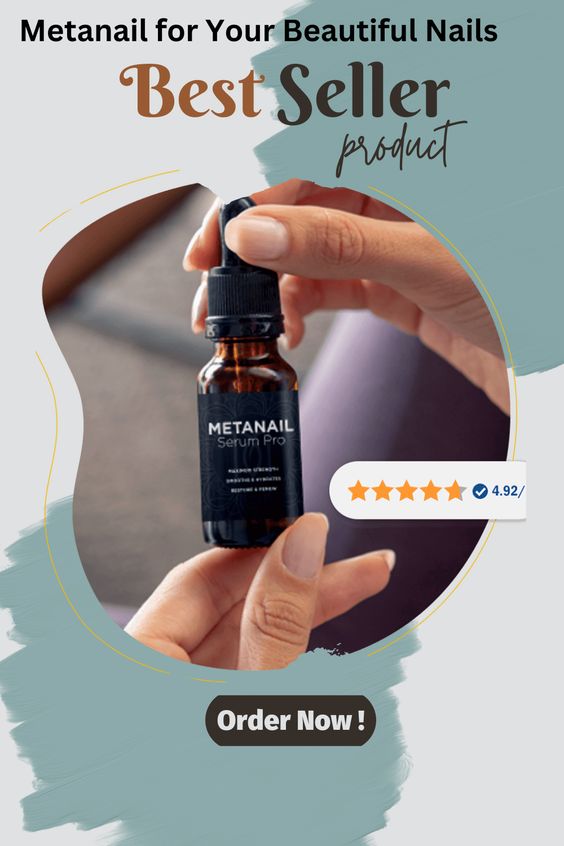Nail fungus, medically known as onychomycosis, is a common condition that affects millions of people worldwide. Characterized by thickened, discolored, and often painful nails, this fungal infection can be both physically uncomfortable and emotionally distressing. Many individuals seek effective solutions to eliminate nail fungus and restore their nails to a healthy state. In this article, we will explore the best nail fungus treatment options available, from over-the-counter remedies to prescription medications and natural alternatives.

Understanding Nail Fungus
Nail fungus occurs when fungi invade the nail bed and the surrounding skin. It thrives in warm, moist environments, making areas like public pools, gyms, and even your own bathroom hotspots for infection. The most common symptoms of nail fungus include:
- Discoloration (yellow, brown, or white)
- Thickening of the nail
- Brittle or crumbling nails
- Separation of the nail from the nail bed
- Unpleasant odor
While nail fungus is not typically a serious health concern, it can lead to discomfort and self-consciousness. If left untreated, the infection can spread to other nails or even to the skin.
Best Nail Fungus Treatment Options
- Over-the-Counter Antifungal Treatments
Many individuals first turn to over-the-counter (OTC) antifungal treatments to combat nail fungus. These products typically contain active ingredients such as:
- Clotrimazole: A topical antifungal that can be applied directly to the affected nail and surrounding skin.
- Miconazole: Another topical option, miconazole is available in various forms, including creams and sprays.
- Terbinafine: This antifungal treatment comes in both topical and oral forms and is known for its effectiveness against nail fungus.
When using OTC treatments, it is essential to follow the instructions on the packaging carefully. Consistency is key, as these products often require several weeks or even months of regular application to see results.
- Prescription Antifungal Medications
For more severe cases of nail fungus, or when OTC treatments fail to deliver results, a healthcare provider may prescribe stronger antifungal medications. Some of the most commonly prescribed medications include:
- Terbinafine (Lamisil): Often prescribed as a 6-week course for toenail fungus or a 12-week course for fingernail fungus, terbinafine is highly effective and typically leads to a permanent cure.
- Itraconazole (Sporanox): This oral antifungal can be prescribed for a variety of fungal infections, including nail fungus. It is usually taken in cycles, with treatment lasting several weeks.
- Fluconazole (Diflucan): Another oral option, fluconazole is often used for fungal infections that have not responded to other treatments.
It’s crucial to consult a healthcare professional before starting any prescription medication, as they can assess the severity of the infection and recommend the most appropriate treatment.
- Topical Nail Lacquers
Topical antifungal nail lacquers are another effective option for treating nail fungus. One popular example is amorolfine. This lacquer is applied directly to the affected nails and works by preventing fungal growth.
When using topical lacquers, it’s important to keep the nails clean and trim them regularly to allow the medication to penetrate effectively. Users often report visible improvements within a few weeks, but full results may take several months.
- Laser Treatment
In recent years, laser treatment has emerged as a promising option for nail fungus. This procedure involves using laser light to target and destroy the fungi without damaging surrounding tissue.
While many patients report significant improvement after just a few sessions, laser treatment can be expensive and may not always be covered by insurance. Additionally, more research is needed to determine the long-term effectiveness of this method.
- Home Remedies and Natural Treatments
For those seeking natural alternatives, several home remedies may help manage nail fungus. While these methods may not work for everyone, some popular options include:
- Tea Tree Oil: Known for its antifungal properties, tea tree oil can be applied directly to the affected nails. It may help inhibit fungal growth and improve the appearance of the nails over time.
- Apple Cider Vinegar: This popular home remedy is believed to have antifungal and antibacterial properties. Diluting apple cider vinegar with water and soaking the affected nails may help alleviate symptoms.
- Garlic: Garlic contains compounds with antifungal properties. Applying crushed garlic directly to the infected nails or consuming garlic may provide some benefits.
It’s important to note that while home remedies can be helpful for mild cases, they are unlikely to replace more potent medical treatments for severe infections.
Prevention Tips
Preventing nail fungus is key to maintaining healthy nails. Here are some practical tips to help reduce the risk of infection:
- Keep Your Feet Dry: Fungi thrive in moist environments, so keep your feet dry by wearing moisture-wicking socks and changing them regularly.
- Avoid Walking Barefoot in Public Areas: Wear flip-flops or water shoes in communal showers, pools, and locker rooms to protect your feet from potential exposure.
- Maintain Good Hygiene: Regularly wash and dry your feet, and keep your nails trimmed and clean. Avoid sharing nail clippers or other personal grooming items.
- Choose Breathable Footwear: Opt for shoes made of breathable materials to allow air circulation and reduce moisture buildup.
- Be Cautious with Nail Salons: Ensure that the salon uses sterilized tools and practices proper hygiene to minimize the risk of fungal infections.
Conclusion
Finding the best nail fungus treatment depends on the severity of the infection and individual preferences. Over-the-counter antifungal treatments and prescription medications remain the most effective options, while topical lacquers and laser treatments offer alternative solutions. For those interested in natural remedies, several options may help manage symptoms, but it is essential to approach these with realistic expectations.
Consulting a healthcare professional is crucial for an accurate diagnosis and effective treatment plan. With patience and the right approach, it is possible to eliminate nail fungus and enjoy healthy, beautiful nails once again.
